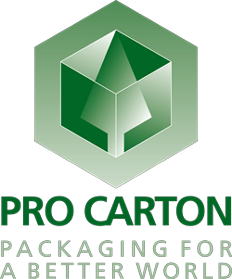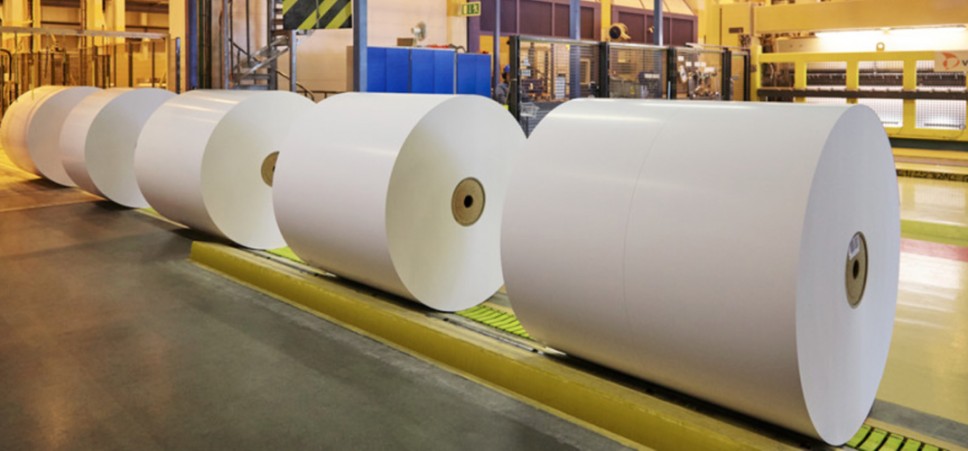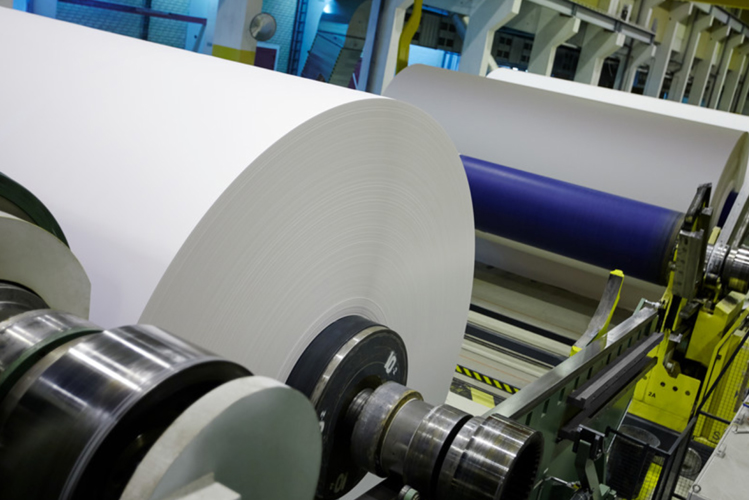10/10/2023 – Infopack International Interview with Winfried Muehling, Marketing & Communications Director of Pro Carton
According to the Carbon Footprint of Carton Packaging 2023 study, the European cartonboard and carton industry has managed to reduce its carbon footprint by 24% since 2018. It is a significant milestone which demonstrates that carton packaging not only meets the demands of a bio-based and circular economy, but it also has a key role to play in the transition to a low carbon economy.
Francisco Montoro
INFOPACK: Could you explain to our readers the actual extent of this figure?
WINFRIED MUEHLING: Our research states that the industry has succeeded in reducing its carbon footprint by 24% since 2018. When compared to the 2018 measurement of 326 kgCO2e, this significant reduction of the cradle-to-grave carbon footprint to 249 kgC02e has been achieved by improving resource efficiency, transitioning to fossil free energy and reducing waste during the production process. The measurement included 60 participating factories including pulp, cartonboard and folding carton production.
In addition, the cradle-to-gate carbon impact was reduced to 148 kgC02e – a value that our industry can directly influence. A reduction of 24% between 2018 and 2021 therefore demonstrates that the investments taken prepared the groundwork for these excellent results.
IP: How has the European cartonboard packaging industry managed to achieve this figure? What concrete measures have been recommended from Pro Carton?
WM: These results have been bolstered by significant investments in energy efficiency and renewable energy sources at the cartonboard mills and converting operations since carbon emissions were last measured in 2018. An improvement in focused investments along the entire value chain, including a reduction of waste in each production stage, the replacement of fossil-based energy to renewable energy, and a reduction of water and energy consumption in all production processes, are all significant steps in achieving the reduction of carbon emissions.
The results are important in helping the industry to benchmark itself, and reflect the enormous investments made. With 61% of renewable energy in operations, our industry is now leading the way forward for other industries on their route to fossil-free production. This falls in line with Pro Carton’s recommendations of transitioning to using renewable energy sources and to upgrading internal processes.
IP: This study is important because it allows Pro Carton members themselves to compare their own data with the industry averages and to evaluate how their efforts have paid off. From this point of view, is it a useful tool to drive change or improvement in processes?
WM: All of Pro Carton’s members have the correct steps in place to further reduce their CO2 emissions year-on-year. We know that our members conduct their own detailed measurements, and they have a firm understanding on the importance of how ongoing measurements are key to tracking performance improvements.
The latest figures reflect how the industry is on the right path to increasing awareness of cartonboard on its way to a carbon neutral packaging material. Using cartonboard packaging is not only a commitment to the environment, but also a commitment to humankind living on our planet.
The figures are also a crucial input for LCA calculations done by third party service providers. Reporting these improvements is fundamental to manifest the competitiveness of cartonboard as a sustainable packaging material.
IP: What do you see as the role of cartonboard in the circular economy? What are its strengths and what challenges does it face?
WM: The role of cartonboard in the circular economy is significant, contributing to a sustainable and resource-efficient packaging system. As an industry, we are promoting circularity with every square meter of cartonboard produced and every folding carton delivered. Cartonboard is derived from sustainably managed forests, which provide a renewable and biodegradable source of raw materials.
During production, the industry follows rigorous environmental standards which aim to minimise the environmental impact by reducing energy consumption, water usage, and emissions. Then, by carefully considering recyclability in the design stage, manufacturers can ensure that the packaging is optimised for recycling at the end of its life cycle stage. The close collaboration of the cartonboard industry helps to drive the collection of used cartons, ensuring that it is diverted from landfill and instead directed towards recycling. Lastly, recycling cartons in mills which follow established recycling processes to convert used cartons into new packaging material, contributes to a closed loop of circularity, where recycled fibres are utilised to produce new packaging.
By addressing the challenges and capitalising on the strengths of the role of cartonboard, the industry can continue to play a significant role in the circular economy. This includes promoting harmonised collection systems, enhancing recycling infrastructure, and further improving the sustainability of cartonboard production and recycling processes. Over time, the industry has built a strong level of trust and confidence with consumers in the collection and recycling system, forming the base for a recycling rate of 82%.
Pro Carton strengthens its position to help industry succeed
Members of CEPI Cartonboard and Pro Carton have announced that they will merge into one strong association under the name Pro Carton, following a 12-month period of consultation. The final merger is expected to take place mid-2024 after all legal procedures are successfully met.
The announcement was made at the associations’ Annual General Meeting (AGM) on 16 June 2023. The merger will create a more effective and efficient group that has a stronger voice throughout the carton industry. This will include several new working streams, each devoted to driving synergies, improving the associations’ representation and support it offers member organisations.
IP: In terms of countries, where does Spain stand in terms of cartonboard packaging consumption and recycling compared to other European markets? What do you see as Spain’s strengths and areas for improvement?
WM: In terms of cartonboard production and consumption volumes, Spain is within the Top 5 European countries along with Germany, Italy, and France. Whilst the EU-wide recycling rates show levels of 82%, and other European countries all come in above 80%, Spain has a recycling rate of 73%, highlighting there is some room for improvement.
However, cartonboard has a long-standing presence in Spain. In our annual European Carton Excellence Award (ECEA) competition, we often see some of the most creative entries come from folding carton producers in Spain.
IP: Would you say that cartonboard is the preferred packaging material for Europeans?
WM: As European consumers place more emphasis on the sustainability of all products they purchase, it is both the trust and confidence that consumers have in the collection and recycling infrastructure of cartonboard that really makes a difference. The reliability of cartonboard was further strengthened during the pandemic, leading more consumers to choose products packaged in cartonboard that they feel comfortable with recycling, knowing that there is a full circularity story behind the recycling process, with cartonboard increasingly being recognised as an environmentally friendly packaging material made from renewable raw materials.
IP: There has been a lot of debate about reusable versus single-use packaging and which of the two is better for the environment. What is Pro Carton’s position on this?
WM: As a European association representing the carton and cartonboard industry, we firmly believe in a combination of the two packaging systems. There are different requirements for take-out and in-house consumption, for city and out-of-city locations. While reusable packaging has its purpose, there is no “one size fits all”. Both solutions can complement each other to unlock the low carbon packaging circular economy in line with the ambitious EU Green Deal targets.
And, depending on the usage occasion, both variations come with their own benefits. Whilst reusable packaging reduces the overall amount of waste generated, helping to minimise resource consumption and waste generation throughout the packaging lifecycle, single-use packaging on the other hand can provide convenience and protection, as well as being lightweight and efficiently manufactured, therefore reducing energy and resource consumption during production and transportation.
However, a recent German Consumer Survey that we conducted shows a preference for single use cartonboard materials over reusable packaging, where, in a fast-food setting, 61% of German consumers prefer to dispose of their packaging for recycling, compared to 39% who would choose to store, rinse and return reusable plastic packaging to a collection point.
We believe in using scientific Lifecycle Assessment (LCA) studies as an appropriate tool to decide on the best match for the respective solutions. It allows us to trust in the entrepreneurial thinking of business owners and packaging material suppliers, who together, are driving innovations in both single-use and re-use materials.








